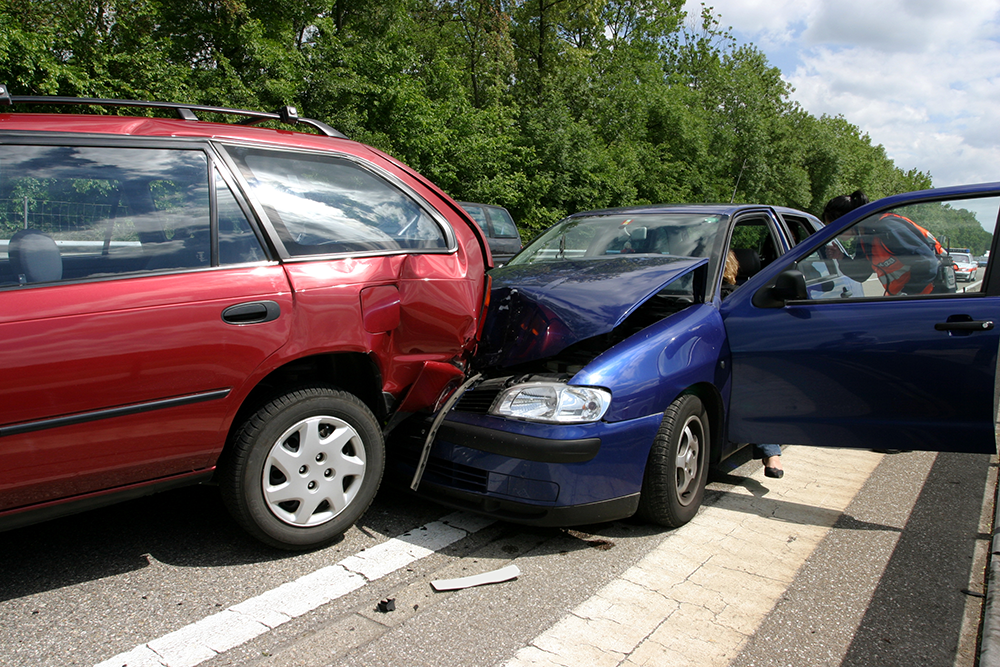For most of us, motor vehicle accidents are a fact of life. A large percentage of Americans depend on their motor vehicles to travel from place to place on a daily basis. With such heavy dependency on automobiles, accidents are bound to happen. Although some accidents are caused by simple negligence, others are caused by drunk drivers, which makes the incident much more serious.

In a standard motor vehicle accident, three elements must be proven:
- The at-fault driver owed a duty to the victim;
- The duty was breached by the negligence of the at-fault driver; and
- Due to that breach, the victim suffered damages.
Every driver has the duty to drive reasonably under the circumstances. Traveling at the posted rate of speed, paying attention while driving, and paying attention to traffic signals are all examples of driving reasonably under the circumstances.
When a driver fails to drive in a reasonable and cautious manner, this breaches the duty that driver owes to other drivers, pedestrians, and other individuals sharing the road. A breach may be running a red light, texting and driving, following too closely, or speeding.
The damages aspect of the claim is often the most contested issue. The victim must prove the direct link between the accident and his or her injuries. The link is established by providing medical records, photographs, and other documents that prove the accident caused the victim’s injuries.

In a standard motor vehicle accident, the action is typically a civil one, meaning that the at-fault driver may have to pay a sum to make the victim “whole” again. This is the purpose of damages in a civil lawsuit—to compensate the victim for the impact the accident has had on his or her life. Medical bills, lost wages, the cost of future medical care, and pain and suffering are all often awarded in a motor vehicle accident claim. Unless the at-fault driver’s behavior was especially reckless or egregious (street racing, for example), jail time is usually not a consequence.
When the at-fault driver was drinking, however, the at-fault driver may face criminal liability and civil liability. This means that the at-fault driver may serve jail time for the accident in a criminal action and pay damages to the victim in a separate civil claim.

Under Florida law, a driver is guilty of driving under the influence if he or she has a blood alcohol content of 0.08 percent or higher. The penalties for driving under the influence become more severe with each subsequent offense. A penalty for a first offense may be a $500 fine and a jail sentence of no more than six months. A fourth offense may be a fine of $2,000 and jail time of up to five years. The drunk driver’s license may also be suspended for a period of time.
Any accident may be serious, but when a driver is under the influence of alcohol, more serious injuries are likely to result. Drunk driving may cause blurred vision, reduced reaction times, drowsiness, and poor coordination—dangerous effects for one behind the wheel of a car. In fact, roughly one-third of all traffic fatalities are caused by a drunk driver.
If you were injured by a negligent driver, Call Us Today!
At The Shiner Law Group, we hold negligent drivers accountable for the injuries they cause to our clients. To schedule a free consultation with our attorneys to discuss your legal options, call 561-777-7700 or visit www.shinerlawgroup.com today.


